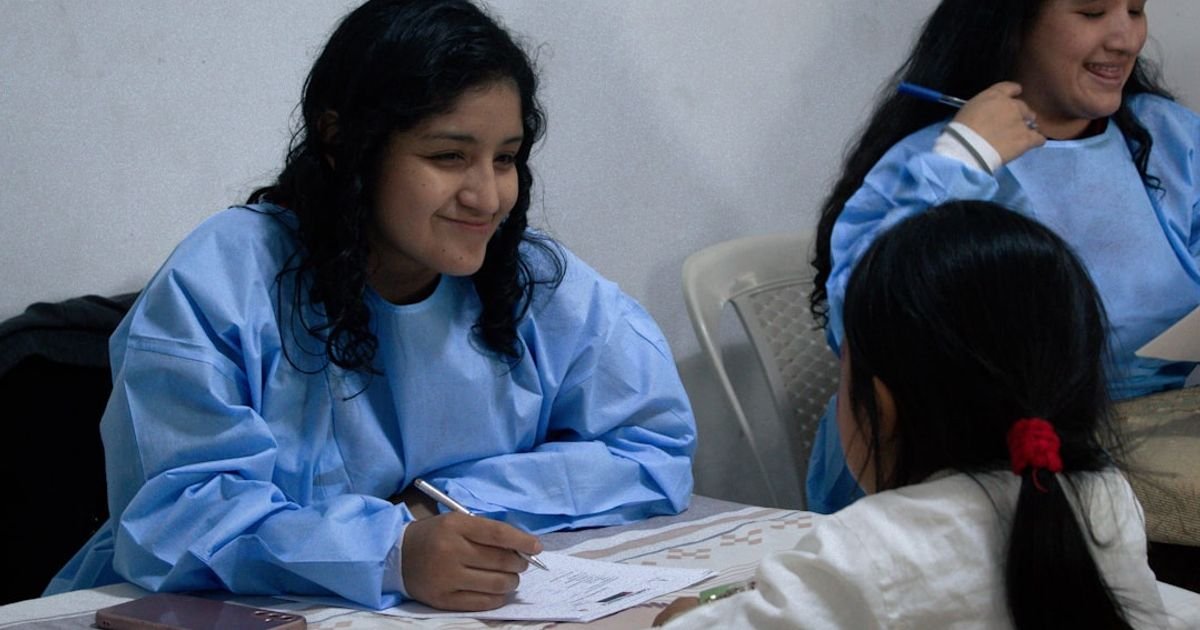About Prompt
- Prompt Type – Dynamic
- Prompt Platform – ChatGPT
- Niche – Festivals
- Language – English
- Category – Education
- Prompt Title – ChatGPT Prompt for Creating Navratri School Activities & Lesson Plans
Prompt Details
**Goal:** Generate engaging and educational Navratri-themed activities and lesson plans for school students, catering to different age groups and subject areas.
**Instructions:**
You are an expert educational curriculum developer. I need you to create detailed lesson plans and activity ideas centered around the Hindu festival of Navratri. Please consider the following variables when generating your response:
**Variable 1: Student Age Group:** {Insert age group here. Examples: Kindergarten, Grades 1-3, Grades 4-6, Grades 7-9, Grades 10-12}.
**Variable 2: Subject Focus:** {Insert subject focus here. Examples: Social Studies, Language Arts, Music, Art, Physical Education, Science, Math}.
**Variable 3: Lesson Plan Duration:** {Insert duration here. Examples: 30 minutes, 1 hour, Multiple days}.
**Variable 4: Specific Learning Objectives:** {Insert specific learning objectives related to the chosen subject and age group. Examples: “Students will be able to identify the nine forms of Durga,” “Students will be able to write a short story based on a Navratri legend,” “Students will be able to understand the significance of colors associated with Navratri.”}
**Output Format:**
For each lesson plan, please provide the following information in a structured format:
* **Lesson Title:** A concise and descriptive title for the lesson.
* **Target Age Group:** The intended age group for the lesson.
* **Subject:** The primary subject area the lesson addresses.
* **Duration:** The estimated time required for the lesson.
* **Learning Objectives:** Clearly state what students should be able to do after completing the lesson.
* **Materials Required:** A list of all necessary materials for the activities.
* **Procedure:** A step-by-step guide for conducting the lesson, including:
* **Introduction/Engagement Activity:** An engaging activity to capture students’ attention and introduce the topic.
* **Core Learning Activities:** Detailed descriptions of the main learning activities, including any worksheets, discussions, or presentations.
* **Assessment:** Methods for assessing student understanding, such as quizzes, projects, or observations.
* **Differentiation:** Suggestions for adapting the lesson for students with different learning needs or levels.
* **Extension Activities:** Optional activities for students who finish early or want to explore the topic further.
* **Connections to other subjects (optional):** If applicable, explain how the lesson can be connected to other subjects to provide a more holistic learning experience.
**Example Prompt:**
“Student Age Group: Grades 4-6
Subject Focus: Social Studies
Lesson Plan Duration: 1 hour
Specific Learning Objectives: Students will be able to identify the nine forms of Durga and explain their significance in Hindu mythology.”
**Desired Output Example (Partial):**
**Lesson Title:** Discovering the Nine Forms of Durga
**Target Age Group:** Grades 4-6
**Subject:** Social Studies
**Duration:** 1 hour
**Learning Objectives:** Students will be able to identify the nine forms of Durga and explain their significance in Hindu mythology.
**Materials Required:** Pictures of the nine forms of Durga, chart paper, markers, index cards.
**Procedure:**
* **Introduction/Engagement Activity:** Begin by asking students what they know about festivals and celebrations. Lead a discussion about the importance of festivals in different cultures.
* **Core Learning Activities:** Display pictures of the nine forms of Durga. Divide students into groups and assign each group one form of Durga to research. Provide them with resources (books, websites) to gather information. Each group will create a presentation about their assigned form, highlighting its significance and stories associated with it.
* … (rest of the lesson plan details)
**Note:** Please ensure the activities are culturally sensitive, age-appropriate, and promote inclusivity. Offer a variety of activity types, including hands-on activities, group work, individual projects, and technology integration where appropriate. Consider incorporating elements like storytelling, music, dance, art, and crafts to create a rich and engaging learning experience. Provide clear instructions and examples for each activity. Avoid promoting any specific religious beliefs or practices. Focus on the cultural and historical aspects of the festival.

